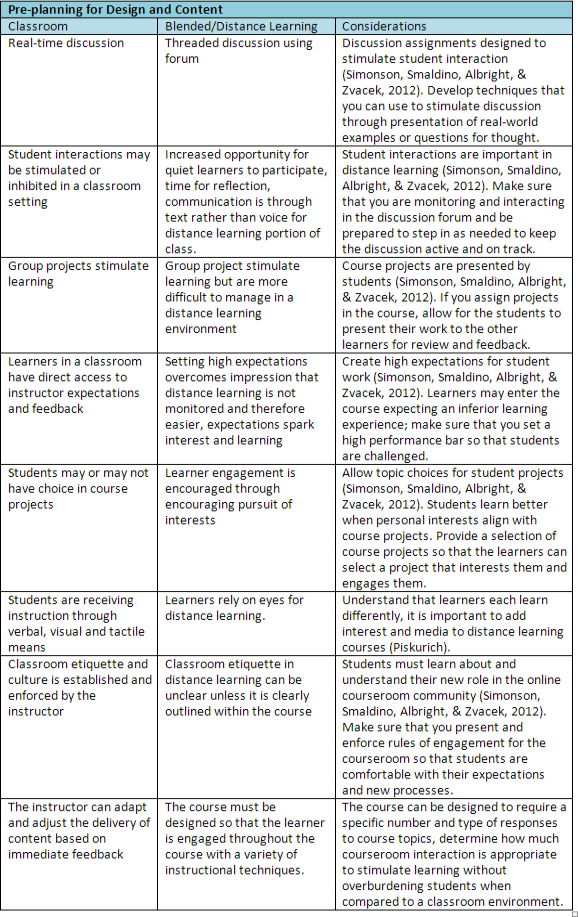The Future of Distance Learning
October 28, 2012 Leave a comment
According to Dr. Siemens (Laureate Education, n.d.), distance education is experiencing growing acceptance in our society. This acceptance of distance learning is related to the growing diffusion and inclusion of the internet and communication technologies for personal use. Americans are becoming accustomed to experiencing satisfactory communication that is other than face to face. Dr. Siemens feels that distance education will increase as the technical capabilities improve and become even more integrated into the daily lives of Americans.
Taking into account our increasing use of internet technologies for communication and our very mobile society, I believe that distance learning will not only grow in acceptance in the next 5-10 years, but that in 10-20 years distance learning will overtake traditional education to become the standard for learning. All over the country, election time brings yearly pleas for more education funding in order to support decreased classroom size, increased staff and maintenance of aging physical plants, I feel that at some point soon society will determine that the traditional classroom model will be unsustainable. Coupled with seamless and integrated technology, distance learning will become the norm. I visualize day care centers where children are engaging in distance learning under the watchful eyes of the daycare staff, or children will engage in learning from their own homes, seamlessly connected with remote instructors who are specialists selected to meet the learning needs specific to that child.
Adult education will become more integrated into the workplace as employers offer custom courses at the workplace designed and delivered in conjunction with local or distant universities. Distance learning will become recreational as well as occupational as people learn for their own personal gain or pursue learning to obtain a degree.
Instructional designers are being educationally prepared to design and develop instruction that uses a variety of delivery methods including distance learning. As economic forces motivate educational institutions to save money, instructional designers can present new and more cost effective ways to deliver instruction through distance learning. Instructional designers must be prepared to present not only the best ways to deliver instruction using new technology, but also to demonstrate the economic value of each means of instructional delivery.
In my current role, I am responsible for the corporate education department. This department is responsible for the delivery of health information technology and corporate compliance training for an entire healthcare system. Although distance learning can be very expensive (Simonson, Smaldino, Albright, & Zvacek, 2012) , in the healthcare business classroom training can be very expensive when salaries and staffing needs for healthcare staff are taken into account. I am currently working with the manager of my education team to research and implement distance learning technologies that will ultimately provide better instruction for our care providers and save the organization millions of dollars in training costs associated with delivering instruction to over 20,000 employees and thousands of contract physicians. In addition, I am working on a healthcare instructional design/education summit that will produce new literature and knowledge for the healthcare training and education sector.
References
Laureate Education, Inc. (Producer). (n.d.). The future of distance education [Video webcast]. Retrieved from http://www.courseurl.com
Simonson, M., Smaldino, S., Albright, M., & Zvacek, S. (2012). Teaching and learning at a distance: Foundations of distance education (5th ed.) Boston, MA: Pearson.











